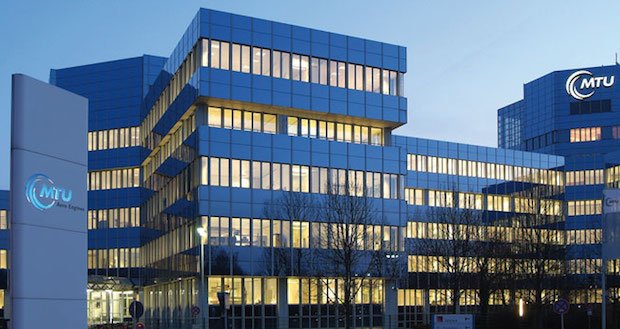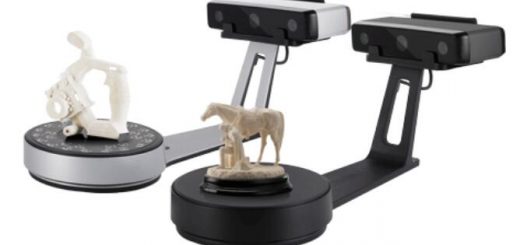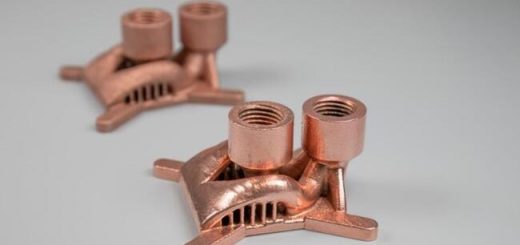MTU Aero Engines opens new department to boost additive manufacturing activity
Germany’s leading engine manufacturer, MTU Aero Engines AG recently opened a new department at its Munich location to pool expertise and step up its efforts in the field of additive manufacturing (AM).
Experts estimate that by 2030, AM will be used to produce 15% of the overall engine and Dr. Jürgen Kraus, Director, Additive Manufacturing, believes this new department will help push the technology forward. Kraus has gathered 30 professionals in various technical disciplines: design engineers, structural mechanics engineers, process specialists and operations scheduling experts, at the MTU’s headquarters in Munich. They wish to look into and expand the development of new conceptual designs and applications from a bionics viewpoint as well as push the development and production of the technology forward and industrialise the entire process chain.

MTU Chief Operating Officer Lars Wagner said: “By pulling all activities – from design to technology development and all the way to production – together in one unit, we want to maintain and build our competitive edge.”
“With the development of new machine types and improved on-line process control, it will be possible to produce an increasing number of components by additive manufacturing in a cost-effective manner,” explains Dr. Jörg Henne, Senior Vice President, Engineering and Technology.
MTU currently uses selective laser melting (SLM) which has been applied to the production of borescope bosses for the PurePower PW1100G-JM geared turbofan engine powering the A320neo. MTU plan on exploring new designs and components as well as new materials.
Wagner commented: “We are currently pressing on with additive manufacturing, giving its further development top priority in numerous technology projects and technology funding programs.”
As a part of Clean Sky, the largest technology initiative ever launched in Europe, MTU is currently working on a seal carrier manufactured using additive processes. The inner ring with an integral honeycomb structure will be installed in the high-pressure compressor and contribute to improving clearance control, and hence to increasing efficiency. Additional components, such as bearing housings, brackets and struts, will follow.
They started working with AM more than ten years ago, initially producing tools such as spray nozzles and grinding wheels. The technology has since opened the door to entirely new designs, reduced development times, and lower production costs. According to Wagner, MTU is now gradually growing the range of parts produced by AM.
Resource: TCT




Recent Comments